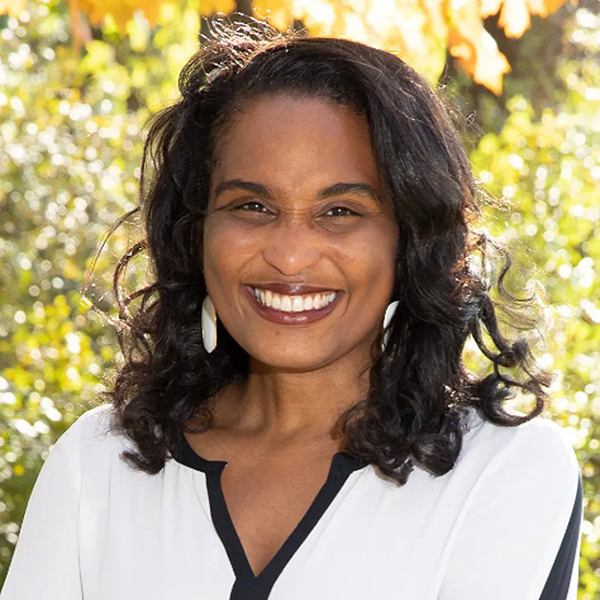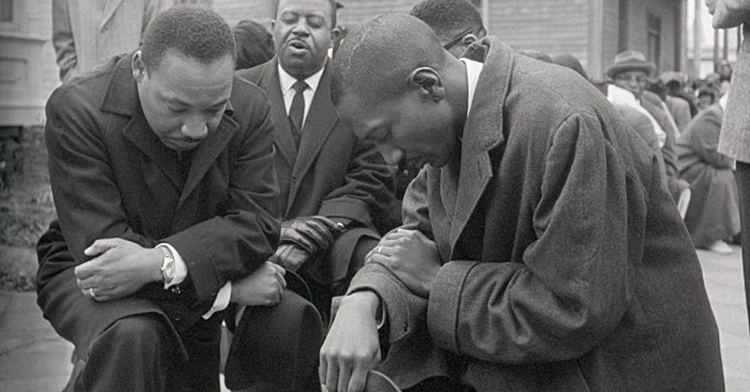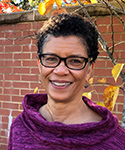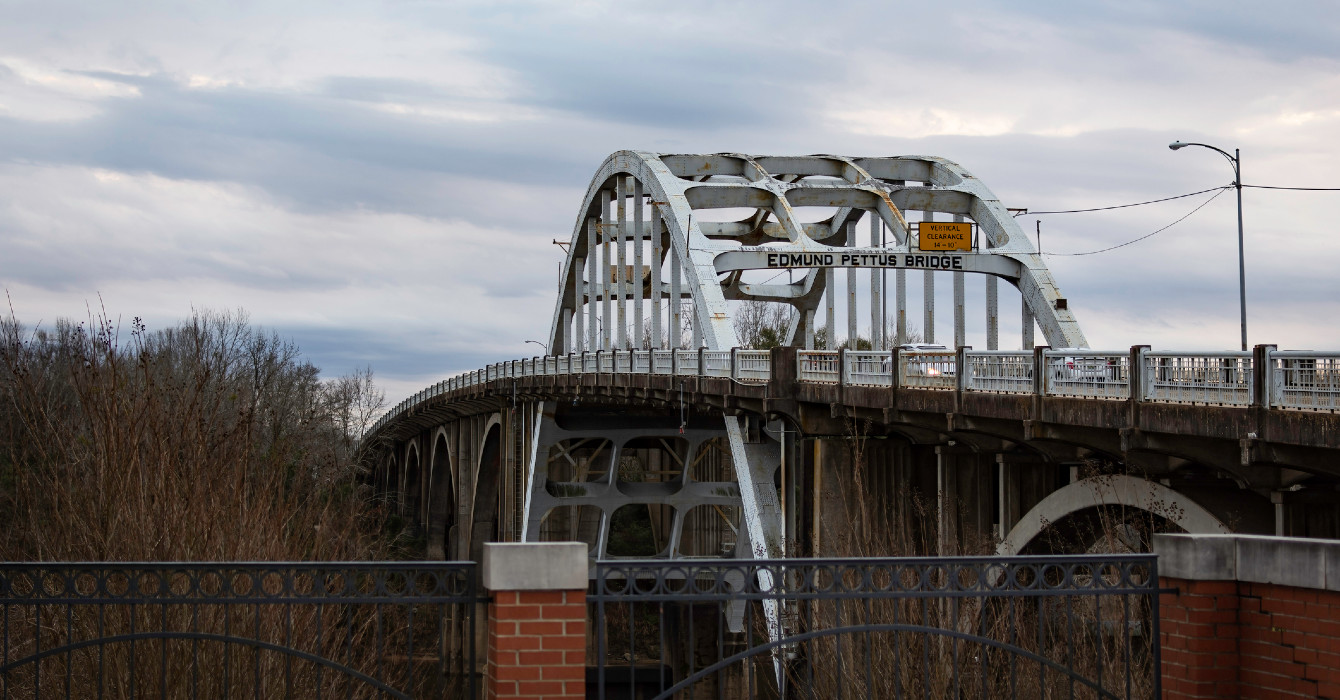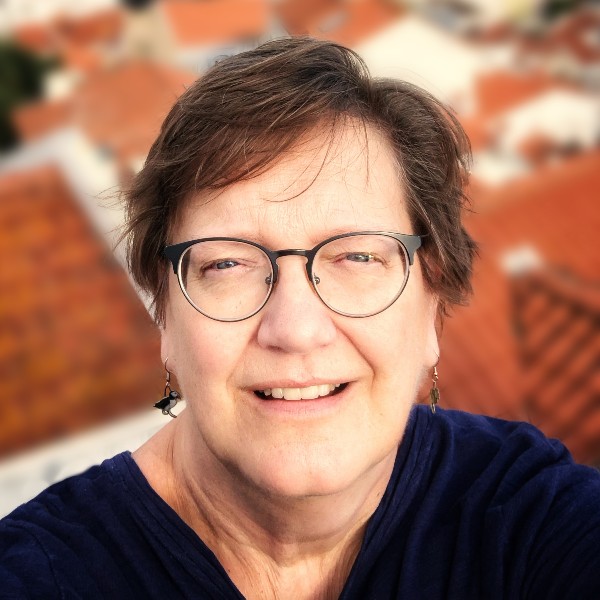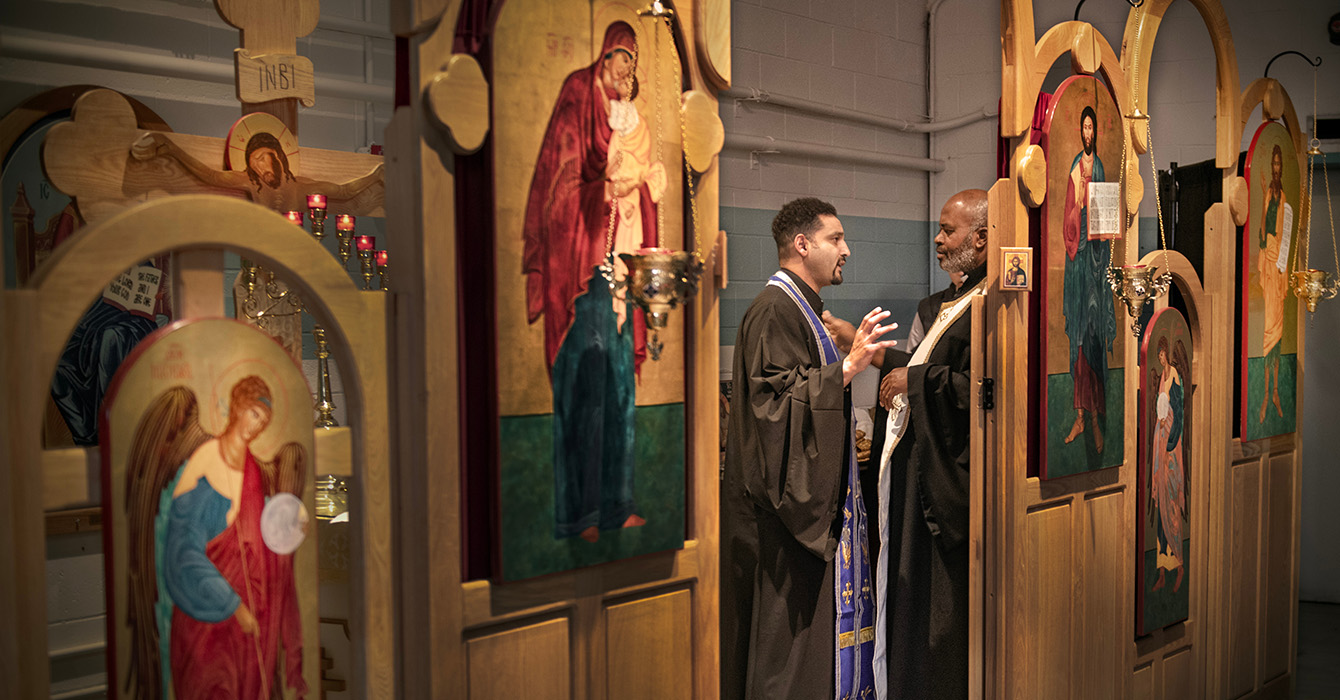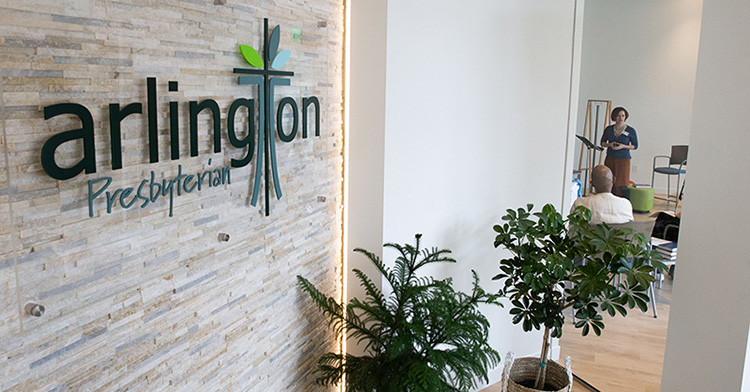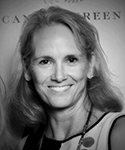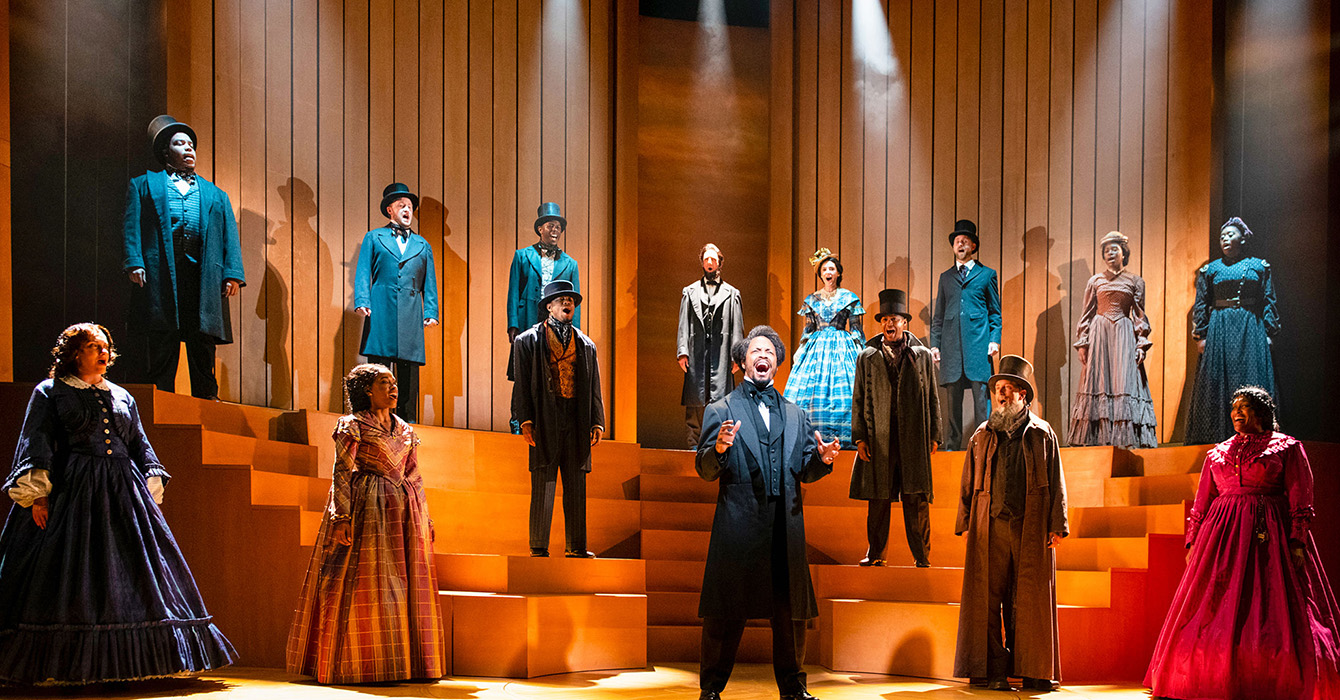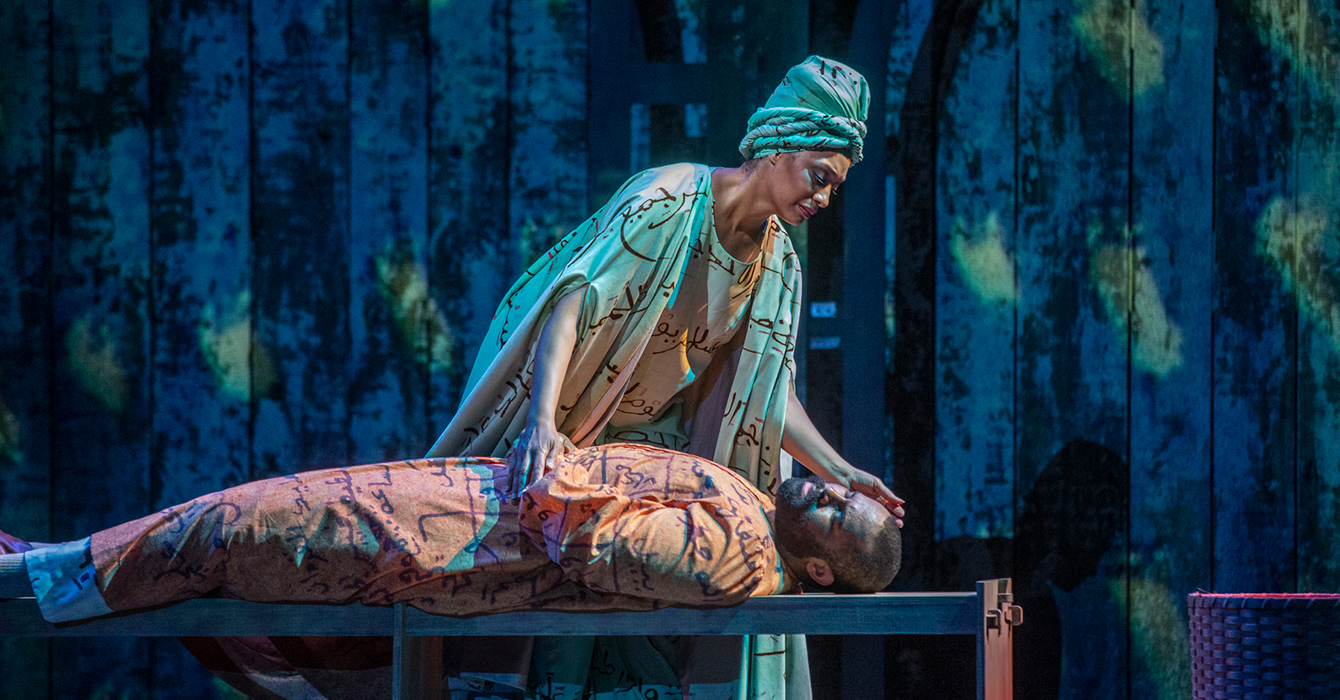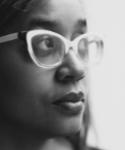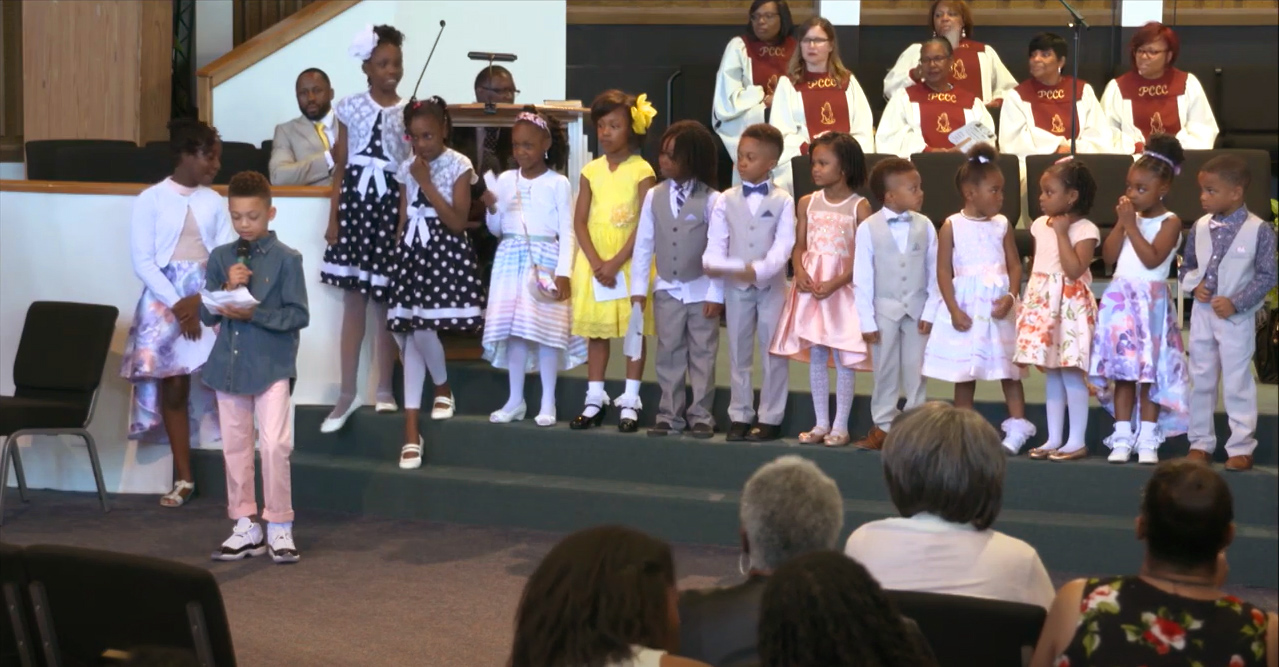Thirty years ago, Jawole Willa Jo Zollar founded Urban Bush Women in New York City, creating an institution dedicated to expressing the untold stories of the disenfranchised.
From the beginning, the performance ensemble was engaged in building community and working collaboratively through dance to bring about social change. The name, inspired by a jazz album by Art Ensemble of Chicago called “Urban Bushmen,” was intended to evoke “a unique blend of modern and ancestral roots.”
UBW has grown now to include its Summer Leadership Institute and has developed a community engagement program called BOLD (Builders, Organizers, & Leaders through Dance).
Originally from Kansas City, Mo., Zollar earned a B.A. in dance from the University of Missouri at Kansas City and an M.F.A. in dance from Florida State University. In addition to being the founding artistic director of UBW and the director of the leadership institute, Zollar is the Nancy Smith Fichter Professor of Dance at Florida State University.
Zollar spoke with Faith & Leadership while at Duke for a two-week residency with Duke Performances. The following is an edited transcript.
Q: You founded Urban Bush Women as a community-centered institution. Why do that? Why not just form a dance company -- that’s a full-time job, right?
I was really influenced by ensemble theater, and ensemble theater is a group of people who are committed to making work together out of some collaborative process. That was important to me. It is about a community coming together to create.
I grew up in the ’50s in Kansas City during segregation, and the black community was very strong and very much connected. So at that time, if someone who knew me or even knew my parents saw me doing something wrong, they would correct me or reprimand me or even spank me and then take me to my parents’ house and tell my parents what I had done, and then I’d get another spanking or reprimand. So there was a sense that the whole community took responsibility for its members.
There were people who were mentally ill within the community. I had an aunt who was schizophrenic, and my mother would cook and take food to her all the time, and the neighbors were always checking on her.
So I just grew up with this really strong sense of being in a community that was rooted in understanding that they were all responsible for one another. This was a particular time in American history.
Q: Was the church part of this community at that time?
Yes, absolutely. I grew up in Allen Chapel AME Church, and that was very much a part of the community. My parents were not particularly church folk, so to speak, but they knew that it was an important grounding for us, so we definitely went to church every Sunday.
At the same time, what my mother and father really understood about me is that I was a spiritual seeker. So at some point I said, “OK, I think I want to try the Baptist church down the street, because the music sounds much more interesting, and they seem like they’re having more fun, because people are shouting in the aisles,” so they allowed me to go to the Baptist church.
Then I said, “You know, I’m kind of interested in Presbyterians.” So I went through all these different things, and when I was thinking about maybe I wanted to be Catholic, my mother had a Catholic priest come and talk to me, because there were certain questions I had.
I was reading a lot of Greek mythology, and I thought, “Actually, this kind of seems the same to me.”
So what I appreciate is that it was an environment of spiritual seeking, and my parents nurtured that. So that was what I grew up in, and that is all in Urban Bush Women in some way.
Q: I can understand how that could form and shape you as an artist, but it seems like your commitment to community goes beyond just an influence on you personally as an artist. You have a leadership institute. You have the statements on your website about your commitment to your literal community, Brooklyn. How did you break those boundaries from art to community?
When I look at people who are in a lot of distress in our society -- we see that in so many ways -- they tend to be people who are isolated from community.
I’ve always been an activist, and I felt like what would help me survive would be being connected to community. I’m a product of the Black Arts movement, which talked about that art is in relationship to the black community, so that was very much a part of it. I was very influenced by liberation theology.
These things -- the art making and the connection to community -- are the same. When I’m working in community, maybe some of the tools are different, but the values are the same.
When I’m working with professional dancers to do a performance, the values are the same, but the tools are different. So they’re not separated for me. They are one and the same.
Again, being influenced by the Black Arts movement and the Student Nonviolent Coordinating Committee, I started to understand that the model that SNCC had of shared leadership is really one of the most powerful models that we could have.
Rather than it being all the charismatic leaders, which we’ve certainly seen -- that has its merit, but our leadership model is about how do people gain a sense of their own power, and what are the tools and processes that we can impart that allow a community, a neighborhood, an individual to feel their sense of their own power without feeling like that power has to be centered in dominating others? So that’s my idealism.
Q: I’m also curious about your work in the non-dancing world. For example, the Summer Leadership Institute -- is that primarily for dancers, or do you use dance as a tool in teaching leadership?
I think dance is a pathway. The Summer Leadership Institute is definitely not only for dancers. Dance is how we bring people together, and we have a way of teaching that we call Dance for Everybody.
On the first day of the institute, I can see people -- particularly some of the people who don’t come from a dancing background, who maybe come from an organizing background -- and they’re kind of like, “What did I get myself into? I’m not a dancer.” Maybe their weight is different than what they see in some of the younger dancers.
But after that first class, you just feel this “Ahhh,” because we feel like if we’re going to struggle together to make change, we need something that unifies us together.
I think the church has done that through its practice. We use dance that way to come together as a community. After all the struggling and dialogue and debate, this is a unifying activity where we can feel the power of ourselves as a community.
We’ve had people as old as 75 in the room working with us. That is what a community is. It’s not all young people. It’s a mixture. So that’s what we want.
Q: Do you use improvisation?
Absolutely. We use improvisation a lot. We’re influenced by and use the work of a woman named Anne Green Gilbert, who has something that she calls the BrainDance. She developed a five-part lesson plan.
It has to do with warming up, introducing the concept, building skills, creativity and then closure. We want people to access their inherent creativity, so we do that in our classes.
Q: You have said that dancers don’t acknowledge their history and their influences, and you wish that they would. In what ways would you like to see people combining tradition and innovation?
Artists will often say, “I went and I saw Picasso’s this or that, and I was influenced by those colors, so I took that color theme and I brought it in.”
Dancers don’t talk about seeing somebody else’s work and taking a particular influence into their own work. And I think by not doing that, we’re kind of denying our history and the strength of our lineage. So it’s something I’ve been thinking about.
Why is it that we don’t do that? Our history is ephemeral, so it’s hard to go to a museum and get a sense of what people were doing in the past and seeing it in a way that you go to a museum or you read books. I think it’s a missing component of our field.
But I think in the world of technology now, we have an opportunity to address that, because technology can make looking at a video much more exciting and make it present. So I think it’s something that we need to do.
I hope that our field can figure out how to come to terms with its lineage so that we can speak about it -- we can see one another’s work, we can say what we’re inspired by in each other’s work -- without feeling like there’s something territorial, like we invented every single idea.
Q: You describe the Urban Bush Women method as collaborative, multidisciplinary and community-centered. You’ve talked about the third one, but why are the first two important?
For a long time I wouldn’t have been able to articulate why collaboration was important to me. It’s just something that was my natural bent. Then I read this book -- I read two books. One is by a man named Keith Sawyer, and it’s called “Group Genius: The Creative Power of Collaboration.”
In it he makes a great point: Collaboration is the key to breakthrough innovation. I was like, “That’s it!”
That’s it, because I know what I know. When somebody brings in something that I don’t know and I bring something to them that they don’t know, then amazing things can happen.
If I’ve hired smart, brilliant people, why then would I just ignore that and try to be the sole voice in the room of authority of the creative vision? So for me, it’s important to tap into the assets that are in the room.
Then there’s another great book called “Theory U,” by Otto Scharmer. He’s at MIT. I love organizational theory and how people learn, how people get things done together, what makes great environments, what makes poor environments. [Scharmer] talks about collaboration.
Q: And the multidisciplinary aspect?
Again, learning from the social sciences, they used to do a lot of needs assessment. They’d go into communities: “They need this, they need this, they need this, they don’t have this, they don’t have this.”
And they’ve shifted strategies to looking at asset mapping. And we realized that’s what we do.
That’s where the multidisciplinary comes in. You find out, “Oh, you can do this” or “you can do that.” So then we create by knowing the strength that’s in the room.
Q: You talked a little bit about your faith life already, but I wanted to return to that question. Does your faith life affect your work?
Well, I’ve been a spiritual seeker, and I think, you know, I’m so glad that my parents really helped me identify that.
There came a point where I started to feel that the boundaries or dogma of many of the institutionalized practices were not something that I could connect to.
I’m a heterosexual woman, [but] a lot of my friends who were gay and lesbian did not have a place in the church at that time. They could not get married, and they could not be themselves inside of these institutions.
So it led me toward Eastern religions, and I developed a meditation practice that I’m grounded in. That has allowed me to access an idea of my inner divinity and then to see the divine in others.
I’m starting to come back to wanting to be involved in a church, because that is the community. I think that as the churches are changing, I feel like I can not only be welcome but I can bring my community, and people that I love can be welcome in the church as well.
So I’m starting to find my way back, because I do -- in the Baptist or the AME tradition -- I love the singing. I love particularly that line, you know, when they sing [she sings “Amazing Grace”] and it’s these long lines, and I realize that’s how a community listens to one another, by having to sing.
It’s not conducted. You sing together, and you’re having to listen. So I’m realizing there’s a lot of values in the church that I feel like I can come back to.

